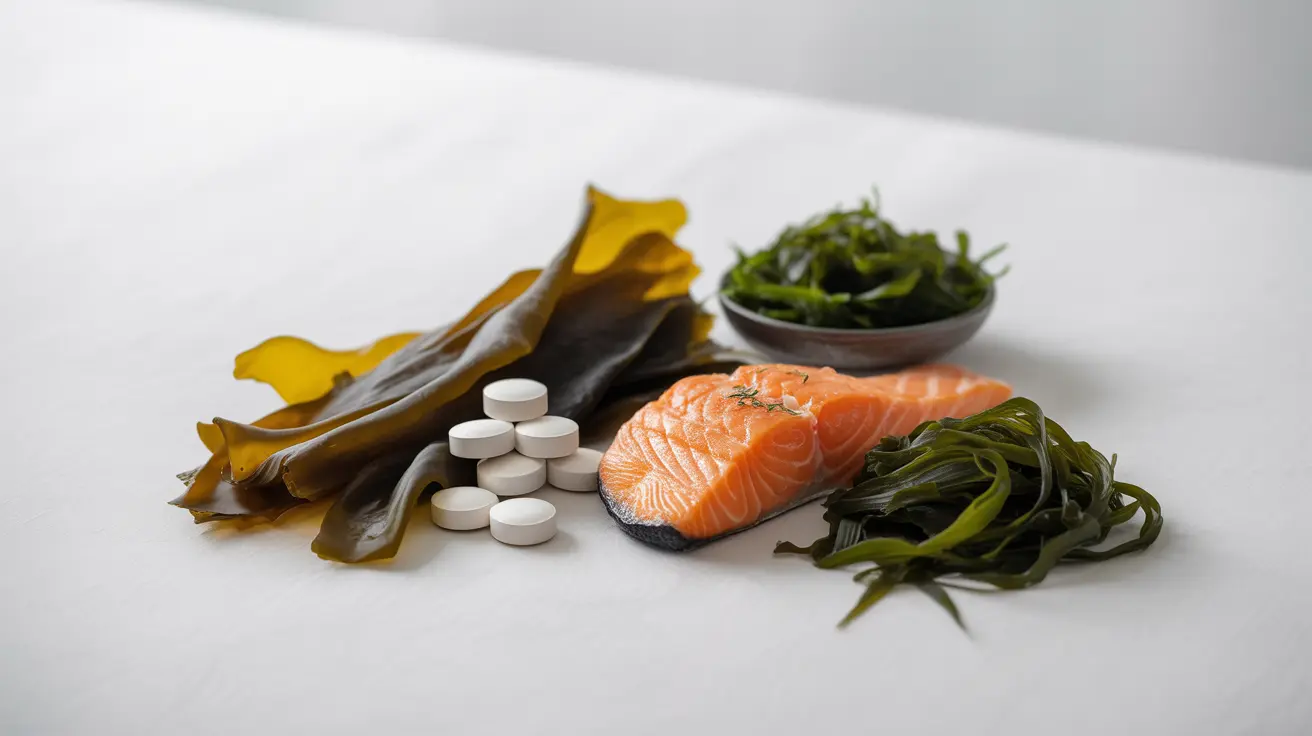Personal grooming preferences are unique to each individual, and when it comes to pubic hair maintenance, it's essential to understand the safest and most effective methods available. This comprehensive guide will help you make informed decisions about female grooming while prioritizing your health and comfort.
Understanding Your Options for Pubic Hair Grooming
Before choosing a grooming method, it's important to understand that pubic hair serves natural protective functions. However, many people choose to groom this area for personal comfort, hygiene, or aesthetic preferences. The key is finding a method that works best for your body while minimizing potential risks.
Safe Methods for Pubic Hair Removal
Trimming
Using dedicated scissors or an electric trimmer designed for sensitive areas is one of the safest approaches to pubic hair maintenance. This method reduces the risk of cuts, irritation, and infection while still allowing you to maintain your desired length.
Shaving
When done properly, shaving can be safe and effective. Always use a clean, sharp razor and follow proper preparation steps:
- Trim longer hair first
- Soak the area in warm water for 5-10 minutes
- Use a gentle, unscented shaving cream
- Shave in the direction of hair growth
- Apply a soothing, alcohol-free moisturizer afterward
Waxing
Professional waxing can provide longer-lasting results but requires proper preparation and aftercare. Consider having your first session done by a licensed esthetician who can demonstrate proper technique and recommend appropriate products for your skin type.
Best Practices for Preventing Irritation
Maintaining healthy grooming habits is crucial for preventing common issues like razor burn and ingrown hairs. Key preventive measures include:
- Exfoliating gently before and between grooming sessions
- Using clean tools and fresh products
- Wearing loose, breathable clothing after grooming
- Avoiding harsh chemicals and fragranced products
- Allowing the skin to heal completely between sessions
Treatment of Common Side Effects
Even with careful attention, some side effects may occur. Here's how to address them:
- For razor burn: Apply cool compresses and aloe vera
- For ingrown hairs: Use gentle exfoliation and warm compresses
- For minor irritation: Keep the area clean and dry, and avoid tight clothing
- For any signs of infection: Consult a healthcare provider promptly
Frequently Asked Questions
What are the safest methods for grooming female pubic hair to avoid irritation and infection?
The safest methods include using an electric trimmer, proper shaving technique with a clean razor, or professional waxing. Always prepare the skin properly and use appropriate tools and products designed for sensitive areas.
How often should pubic hair be trimmed or shaved to maintain hygiene without causing skin problems?
The frequency depends on your hair growth rate and skin sensitivity. Generally, waiting 3-7 days between sessions allows the skin to heal and reduces the risk of irritation. Some people may need longer intervals.
What are the benefits and risks of different female pubic hair removal options like shaving, waxing, and trimming?
Each method has distinct advantages: Trimming is safest but temporary, shaving is convenient but requires frequent maintenance, and waxing lasts longer but can be more painful and carries a higher risk of irritation.
How can I prevent and treat common side effects of pubic hair grooming, such as razor burns or ingrown hairs?
Prevention includes proper preparation, using clean tools, and following aftercare instructions. Treatment involves keeping the area clean, using appropriate soothing products, and allowing adequate healing time between sessions.
Is it necessary to remove pubic hair for health reasons, or is leaving it natural a safe choice?
Pubic hair removal is not medically necessary. Natural pubic hair serves protective functions and can be maintained with basic hygiene. The choice to remove or maintain pubic hair is entirely personal and has no significant impact on health when proper hygiene is maintained.
Remember, there's no "right" way to maintain your pubic hair. The best approach is the one that makes you feel comfortable while keeping your skin healthy and irritation-free.




